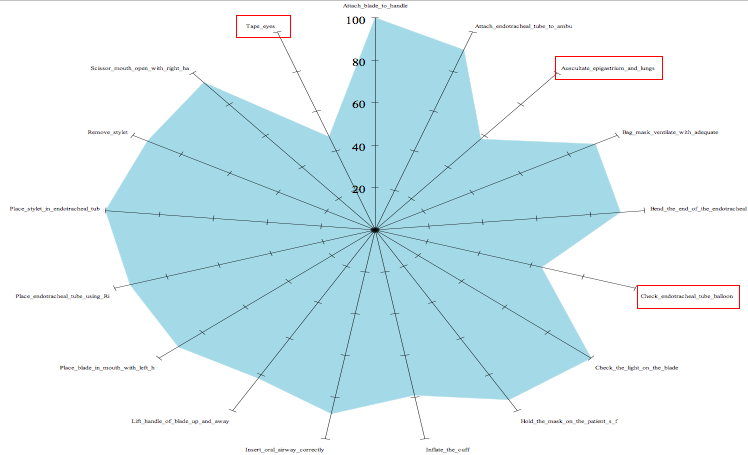AET-21
The Use of Podcast Videos as a Learning Tool for Airway Skills in a Medical Student Anesthesiology Curriculum
1Huang H, 2Schackman J, 1Lee S, 1Rajagopalan S
1Baylor College of Medicine, Houston, TX, USA; 2Texas Children's Hospital, Houston, TX, USA
Introduction: Teaching medical trainees of various background presents unique challenges. Latest literature suggest media blended curriculums are preferred by millennial compared to traditional didactic curriculum. Questions remain whether these innovative curriculum provide better learning in airway management. We hypothesize that the use of podcast videos on airway equipment and techniques in addition to current conventional one-on-one hands on teaching in the operating room significantly improves medical student’s airway learning..
Method: A prospective randomized control trial is approved by IRB. 34 third-year medical students scheduled for general anesthesia rotation were recruited at level one tertiary referral center. After obtaining consent, study group received video podcast on ubiquitous airway knowledge in airway equipment, mask ventilation, and intubation on mannequin one week prior to rotation orientation. Both the study and control groups received hands-on conventional teaching in the operating room. Primary outcome is the cumulative 17 step objective skills clinical exam(OSCE) at the end of the rotation by all students, which tested trainee on airway equipment preparation, ventilation, and intubation on mannequin. Secondary outcomes include passing rate of OSCE arbitrarily designed as 70% and rate of successful intubation on mannequin. Data was analyzed by student T test using STATA version 15.0.
Results: Cumulative OSCE score was higher in the video group by 18%(Video group n=18, 94.4% (±4.7), Convention group n=16, 76.5% (±14.7), P=0.003). As a cohort, more students in the video group passed the OSCE(>70%) than those in the convention group(Video group 100%(18/18), Convention group 66.8%(11/16), P=0.037). All students who received the video modules successfully intubated(100%), while two students that did not received the video modules failed to intubate the mannequin(12.5%) (P>0.05).
Discussion: Significant higher OSCE scores and passing rate are achieved by study group who received series of pre-rotational video on basic airway equipment, mask ventilation and intubation on mannequin in addition to convention hand-on teaching. In addition, there is a trend towards higher rate of successful intubation for those in the study group. Consistent with our hypothesis, this study results demonstrate that medical student knowledge retention on airway skills is enhanced positively with video podcasts blended curriculum.
Conclusion: Enhanced learning in airway management is achieved by early trainee using video-blended curriculum.
References:
1. Bridge et al. The effectiveness of streaming video on medical student learning: a case study. Med Educ Online 2009.
2. Kannan et al. Blended learning in anesthesia education: current state and future model. Curr Opin Anesthesiol 2012.
4. Matava et al. eLearning among Canadian anesthesia residents: a survey of podcast use and content needs. BMC Medical Education 2013.
Top












